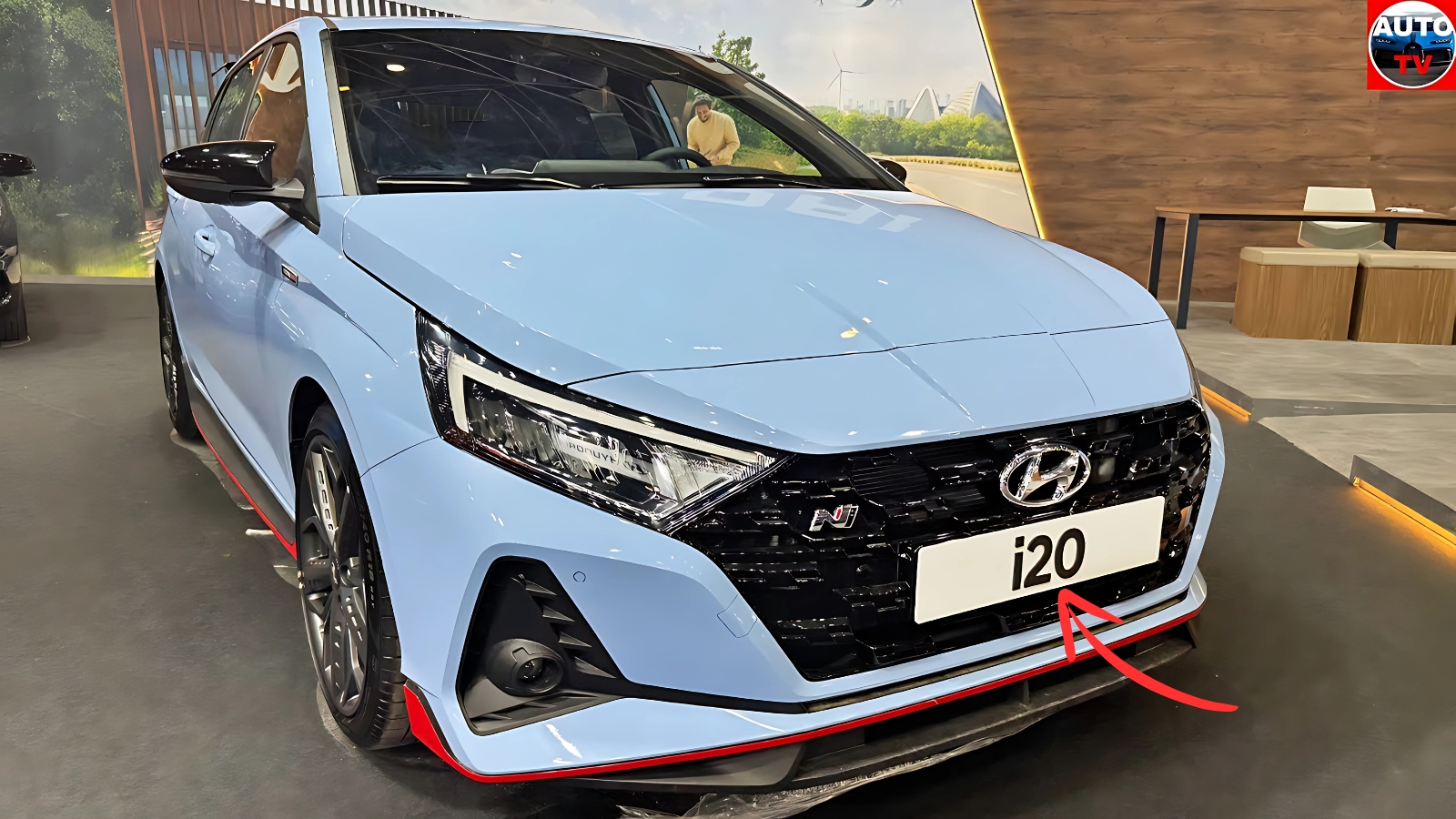Hyundai i20: The Hyundai i20’s recent updates demonstrate how established manufacturers navigate shifting market dynamics while maintaining competitive relevance. Starting at ₹7.51 lakh, the premium hatchback continues challenging segment norms by prioritizing feature richness and build quality over aggressive pricing strategies that characterize many competitors.
The introduction of the new Magna Executive variant alongside updates to existing trim levels reflects Hyundai’s nuanced understanding of diverse buyer requirements within the premium hatchback category. This approach acknowledges that modern consumers seek differentiated experiences rather than purely value-driven choices, creating opportunities for manufacturers willing to invest in comprehensive feature development.
Technology Integration Addresses Contemporary Connectivity Demands
The i20’s technology suite centers around either an 8-inch or 10.25-inch HD touchscreen system depending on variant selection, both offering Apple CarPlay and Android Auto compatibility through USB connection. The larger display includes built-in navigation with real-time traffic avoidance capabilities that provide practical benefits for urban commuting scenarios.
Hyundai’s BlueLink connected car technology enables remote vehicle monitoring and control through smartphone applications, including location tracking and remote door unlocking functions. These features appeal to younger demographics who view automotive connectivity as essential rather than optional equipment.
The Bose premium audio system available in higher variants delivers enhanced acoustic experiences that justify premium positioning against budget-focused competitors. Wireless phone charging capability eliminates cable management concerns while maintaining device functionality during travel.

Interior Design Philosophy Emphasizes Premium Experience Creation
The cabin design language incorporates blue ambient lighting and sophisticated material selection that creates premium atmosphere despite plastic construction limitations. Dual-tone color schemes in upper variants provide visual interest while maintaining practical functionality for daily usage scenarios.
Space utilization demonstrates thoughtful engineering with 311-liter boot capacity that matches or exceeds larger vehicles in certain configurations. Rear passenger accommodation includes adequate legroom and headroom for typical family requirements, though under-thigh support could benefit from improvement in future iterations.
The electrically-operated sunroof with one-touch functionality represents luxury features traditionally reserved for higher segments, demonstrating Hyundai’s commitment to feature democratization across their model range.
Engine Portfolio Balances Efficiency with Performance Requirements
The revised powertrain lineup centers on a 1.2-liter naturally aspirated petrol engine producing adequate power for urban and highway driving scenarios. The elimination of mild-hybrid technology represents an interesting strategic decision that prioritizes cost management over emission optimization, contrasting with industry-wide electrification trends.
CVT automatic transmission availability across multiple variants addresses growing consumer preference for effortless driving experiences in traffic-heavy urban environments. The transmission programming emphasizes smoothness over sporty characteristics, aligning with the i20’s comfort-oriented positioning.
Real-world fuel economy figures ranging from 15-17 kmpl provide acceptable efficiency for the segment, though they trail some competitors who prioritize maximum fuel economy over feature content and performance balance.
Safety Implementation Exceeds Segment Expectations
Standard safety equipment includes six airbags across most variants, demonstrating Hyundai’s commitment to occupant protection beyond regulatory requirements. Electronic Stability Control, Vehicle Stability Management, and Hill Start Assist create comprehensive active safety systems that inspire confidence across various driving conditions.
The Global NCAP three-star rating with six airbags indicates solid structural protection, though it falls short of segment-leading five-star achievements from some European competitors. Tire Pressure Monitoring System and Emergency Stop Signal functionality address practical safety concerns often overlooked in budget-focused alternatives.
Advanced driver assistance features remain limited compared to European market offerings, reflecting different regulatory environments and cost sensitivities in the Indian market.
2025 Yamaha FZ-X comes with advance level features – look in ghatak
Market Reception Indicates Sustained Consumer Appeal
Monthly sales figures consistently exceeding 4,000 units demonstrate continued market acceptance despite intense competition from value-focused alternatives. The 16% month-over-month sales increase in May 2025 suggests effective variant strategy implementation and successful feature positioning.
Consumer feedback emphasizes appreciation for premium interior ambiance, comprehensive feature content, and reliable ownership experiences. However, some users note fuel economy limitations and interior material quality concerns compared to Japanese alternatives.
Hyundai i20 Future Viability Depends on Strategic Adaptation
The i20’s success trajectory faces challenges from emerging electric alternatives and increasingly sophisticated competitors offering similar features at lower prices. However, Hyundai’s established service network, comprehensive warranty coverage, and brand recognition provide competitive advantages that pure value players struggle to replicate.
The variant expansion strategy indicates confidence in differentiated positioning rather than volume-driven approaches, suggesting continued focus on premium experience delivery within accessible pricing frameworks. This positioning should maintain relevance as Indian consumers increasingly prioritize features and quality over initial purchase price considerations.
